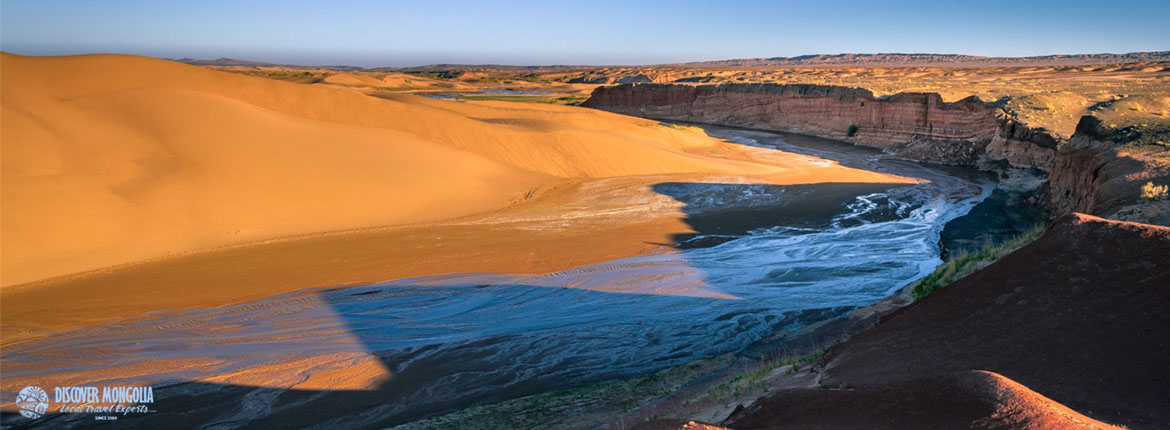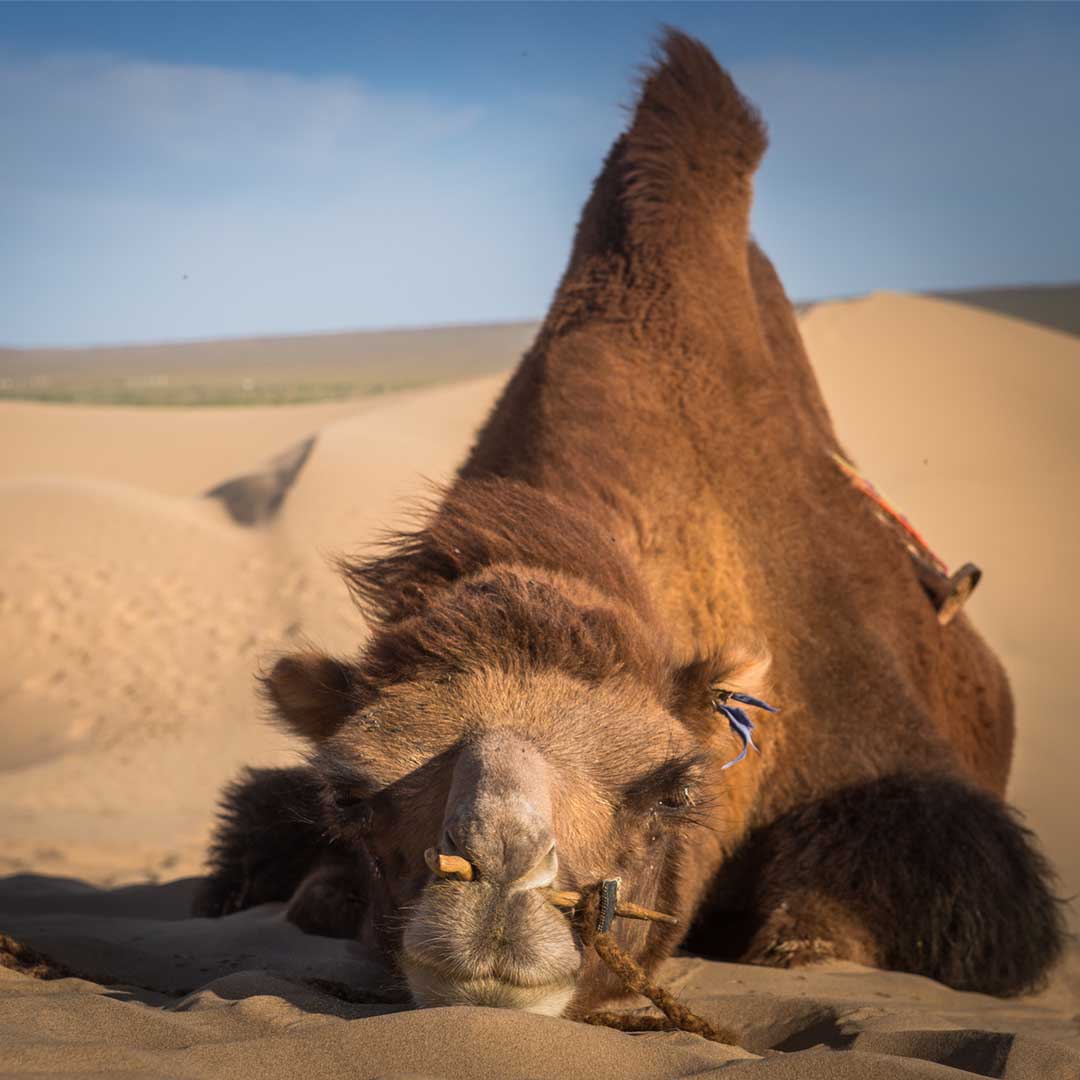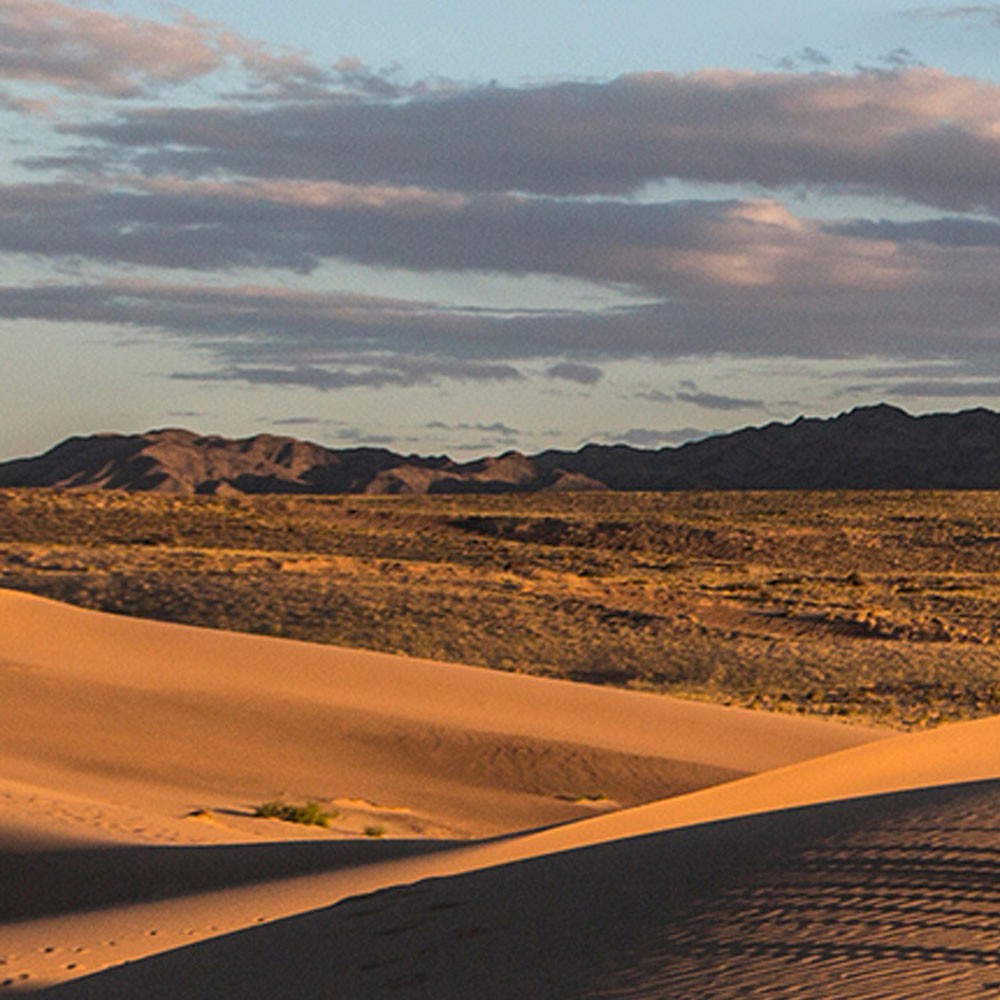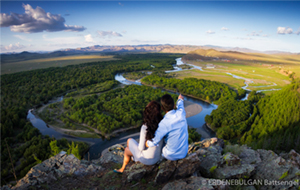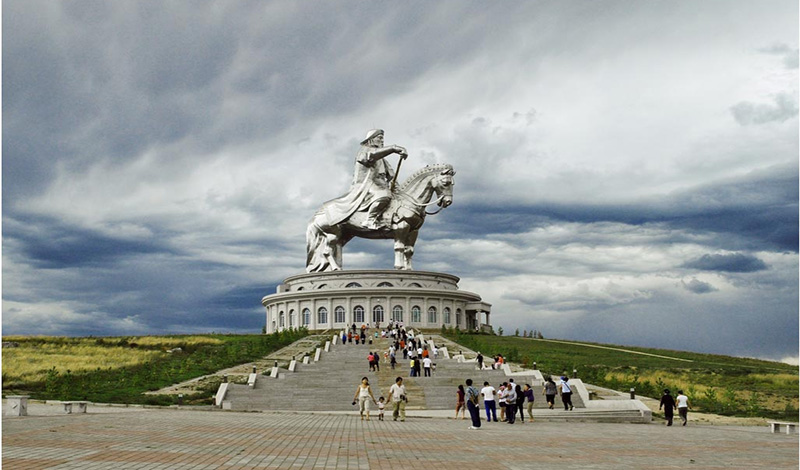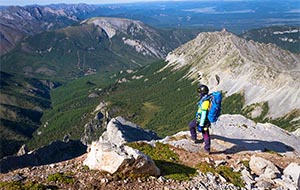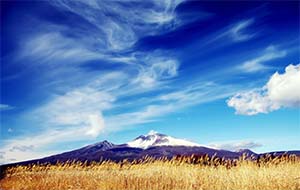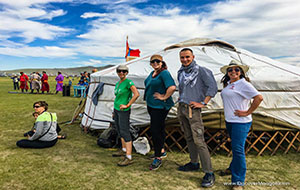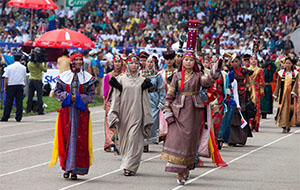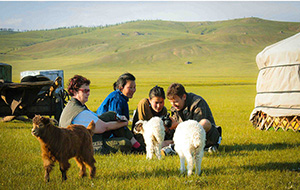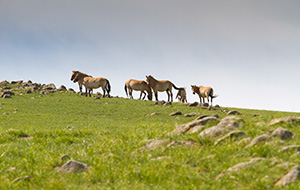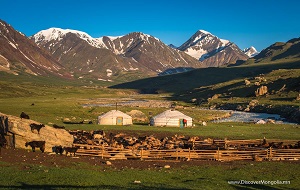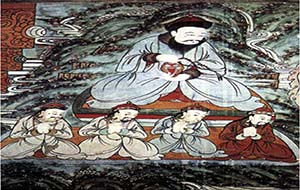In this blog, I would like to unfold 3 of the less known facts about Mongolian Gobi Desert which obviously embraces numerous mysteries and countless fascinating stories throughout its vast territory stretched all the way from the southwest to the southeast of this country of 1.5million sq.km of land.
1.The Gobi is not a Mongolian name
As mentioned in the very beginning, what is called Gobi Desert does not only belong to Mongolia, but also to China. As seen in the image, even by a first glimpse, a larger portion of the Gobi Desert belongs to today’s China, namely Inner Mongolia Autonomous Region.
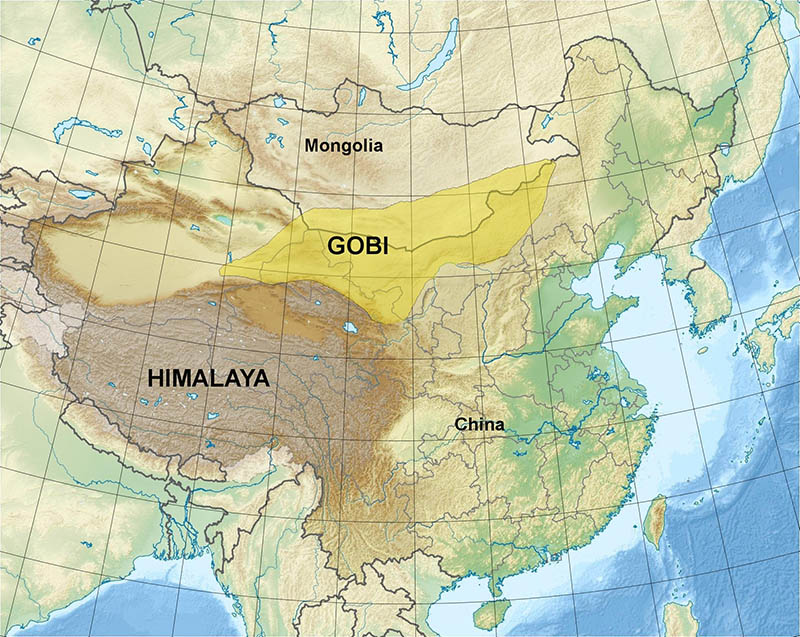
Gobi areas in the World map
So, it should not come by surprise that the name “Gobi” is not a Mongolian word, but a globalized version of the Chinese name Gēbì. Gēbì in fact means desert in Chinese, whereas, the desert has been translated as both "Gobi" and "Tsul" changeably in Mongolian.
2.Gobi is probably the most fertile part of Mongolia
Mongolia is well-known for its extreme weather; the difference between the maximum and the minimum annual temperature can go up to 100 degrees Celsius. Due to short summer, long winter and dominantly cold weather in between, farming, particularly vegetable and fruit farming, has not been developed well in the country.
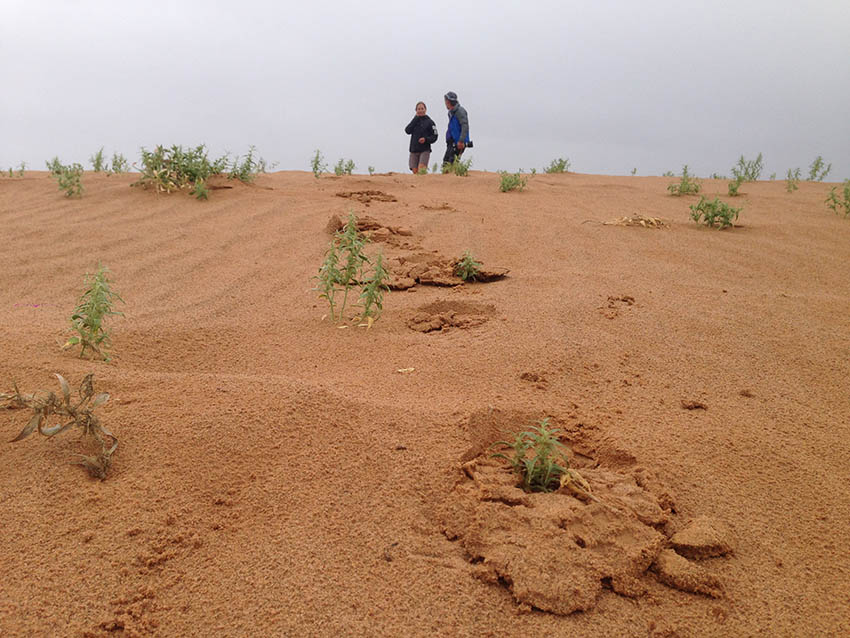
Sand Dunes, Gobi Desert
However, unlike the world’s typical deserts -- without any or much water and extremely hot temperature throughout the year – Mongolian Gobi Desert has mountains, rivers, and most importantly oasis. “The oasis of the Gobi are critical to wildlife and many plants.” It works the same for plantation as well. Ekhiin gol is one of the oases, located in Bayankhongor province, which has been used for plantation, namely fruits such as mini apple, peach, and watermelon, since the 1960s during the Soviet era. Unlike the rest of the country, in the Gobi Desert, specifically in these oases, farming can be started from April and last till October. Being able to farm continuously for 6-7 months is a record-setting period in Mongolia. Therefore, Gobi Desert could be the most fertile part of Mongolia in terms of fruit and vegetable farming. However, unfortunately, because of low-developed infrastructure in the region, such potential for organic farming has not been exploited well in Ekhiin gol and many other parts of the Gobi.
3.Gobi is the most chaotic region of the country
Mongolian Gobi Desert had been famous for its abundant dinosaur fossil and beautiful national parks until the mining boom started in the late 2000s.
Since some world-class mining deposits like Oyu Tolgoi, copper mine site, and Tavan Tolgoi, coal mine site, have been discovered and started operating in late 2000s, Mongolian Gobi Desert and its residents have been evolving rapidly.
Some politicians, mostly from the Mongolian People’s Party, and many business-savvy, mostly upper-middle and higher class of the society have been praising and advocating for this evolution as they believe that there had been tremendously positive, spill-over effects of the said projects on the economy as a whole.
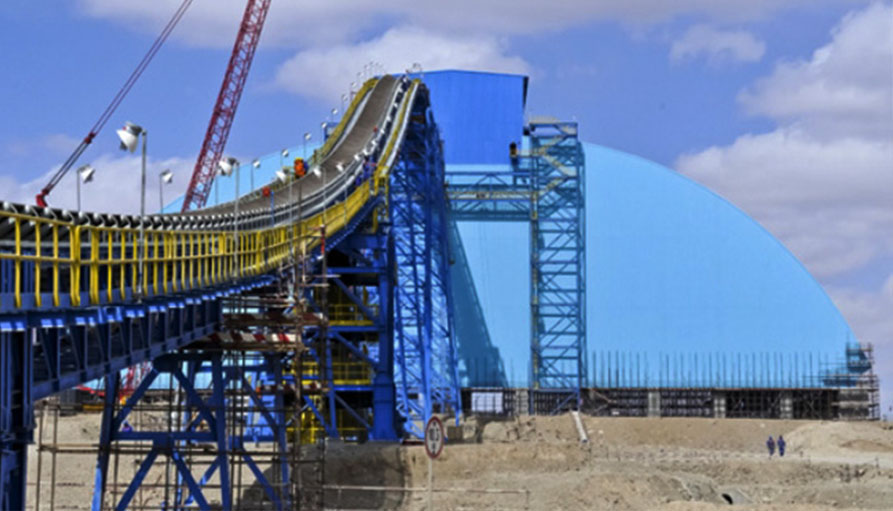
Mining, Gobi Desert
On the other hand, certain populists, environmentalists, and mostly lower and lower [illegal mining mongol] middle class of the society have been protesting against such evolution for various reasons such as environmental degradation, loss of nomadic cultural heritage and allegedly unfair distribution of the national wealth. Among those, one of the most worrisome phenomena that appeared as a consequence of the mining boom is “illegal mining” or ninjas as locals call the nomads –turned - illegal (mainly) gold miners.
Between July 2012 and June 2016, when the Democratic Party was in power, almost all the mega-mining projects were suspended, while the illegal mining still persisted, causing substantial environmental, economic and social damages. On a positive note, such suspension has stimulated development debates everywhere. As a result, some progressive local NGOs, major international development agencies, both local and international researchers and social entrepreneurs have been developing proposals and taking certain actions for avoiding Dutch disease or resource curse by paying equal attention to the development of other economic sectors like agriculture.









